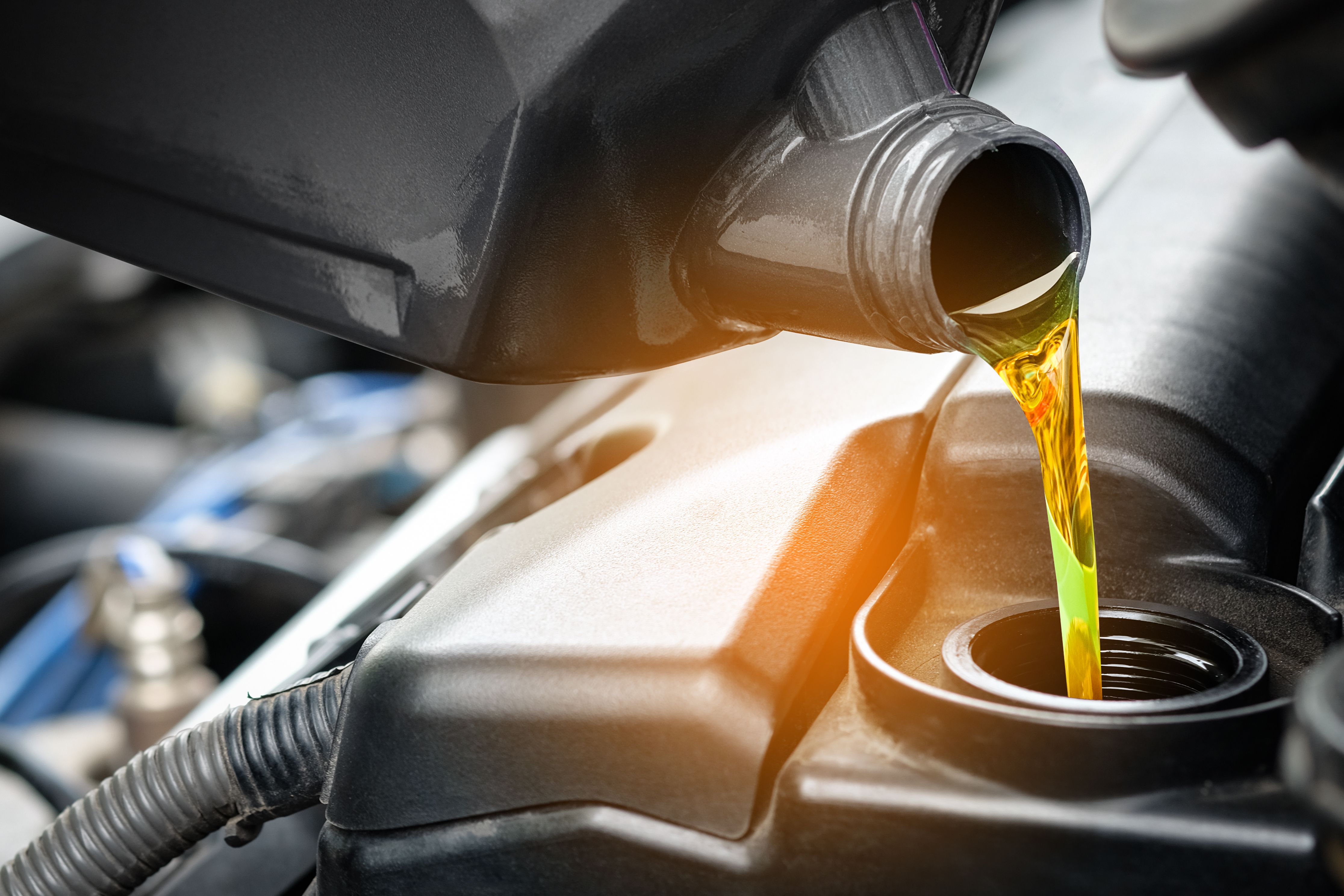Comparing Prices: Eco-Friendly vs. Non-Eco-Friendly Vehicle Detailing
Understanding the Basics of Vehicle Detailing
Vehicle detailing is a meticulous process designed to clean, restore, and protect a vehicle's exterior and interior. It goes beyond a simple car wash, offering a comprehensive treatment that enhances the vehicle's appearance and longevity. As more people become environmentally conscious, the demand for eco-friendly detailing options is on the rise. But how do these green alternatives compare to traditional methods in terms of cost?

The Cost of Traditional Vehicle Detailing
Traditional vehicle detailing typically involves the use of chemical-laden products that are effective in removing grime and restoring shine. These products are often cheaper to manufacture, which can translate to lower prices for consumers. A standard detailing session might include washing, waxing, interior vacuuming, and polishing, with prices ranging depending on the service depth and vehicle size.
While the initial cost might seem appealing, the environmental impact is significant. The chemicals used can harm aquatic life and contribute to pollution. Additionally, traditional methods often consume large amounts of water.

Eco-Friendly Vehicle Detailing: A Sustainable Alternative
Eco-friendly vehicle detailing prioritizes the use of biodegradable and non-toxic products. These alternatives are designed to minimize environmental impact while still providing effective cleaning and protection. Although these products can be more expensive to produce, they offer an ethical choice for conscientious consumers.
In terms of pricing, eco-friendly detailing services may carry a slightly higher price tag due to the cost of sustainable materials. However, many people find value in knowing they are supporting environmentally responsible practices. Additionally, some providers offer waterless washing techniques that conserve water and further reduce ecological footprints.

Breaking Down the Price Differences
The price difference between eco-friendly and non-eco-friendly vehicle detailing can be attributed to several factors:
- Product Cost: Eco-friendly products are generally more expensive due to their sustainable ingredients.
- Service Techniques: Environmentally friendly methods may require specialized training and equipment.
- Market Demand: As demand for green services increases, prices may adjust accordingly.
Despite these differences, many customers are willing to pay a premium for eco-friendly options, valuing sustainability over short-term savings.
Long-Term Considerations
When comparing prices, it's important to consider the long-term benefits of each option. Eco-friendly detailing not only reduces environmental impact but can also extend the life of a vehicle's finish by using gentler cleaning agents. This can potentially save money on future repairs or repainting.
Additionally, as regulations around environmental protection become stricter, traditional detailing methods may face increased scrutiny and potential price hikes due to compliance costs.

Making an Informed Decision
When deciding between eco-friendly and traditional detailing services, consider your priorities. If minimizing environmental impact aligns with your values, investing in green detailing could be worthwhile. However, if budget constraints are a concern, you may opt for traditional methods while seeking ways to mitigate their ecological effects.
Ultimately, the choice rests on personal preference and financial considerations. By weighing the pros and cons of each option, you can make a decision that benefits both your vehicle and the environment.